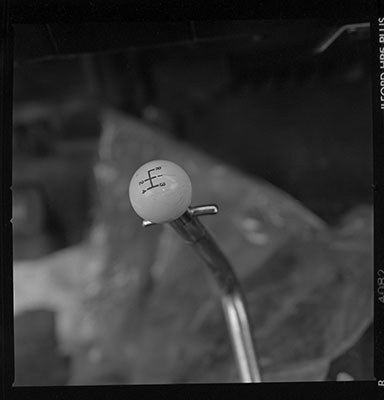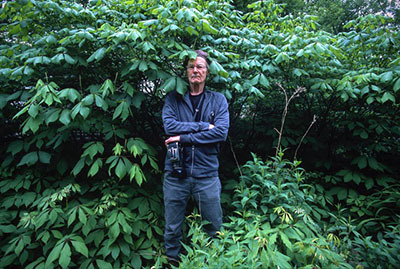Blog Author David Gremp
We live in an amazing world. Technology seems to be the driving force to constant, never-ending change that most believe improves the quality of our lives. And much of it does. I’m typing this on a computer and have my smart phone right next to it waiting for my next text. But, I don’t buy into it all. I still read printed bound books and newspapers. And the thought of getting behind the wheel of a self-driving car scares the bejeezus out of me.
While said car technology is not yet an option, I was faced with the ultimatum of replacing my 2000 Jeep Cherokee a few years ago and I had an awakening. I was on a retirement (fixed income) budget so I shopped around until I found a small SUV with a 6-speed manual transmission. I had grown up driving stick-shift cars and trucks during my young adult life, but was “convinced” (by my wife, who never drove stick) that I needed an automatic-transmission vehicle when our two kids reached driving age about 20 years ago. It was really not a big deal for me, but in the back of my mind, I missed shifting manually.
Well my kids are now grown and gone, and my wife doesn’t drive anymore, so I bought the damned thing and . . . have become a born-again driver. It’s amazing how much more attuned you are to driving even the shortest trips around town when you change gears constantly. Your right hand is in constant use as is your left (clutch) foot. It’s really fun to wind out the gears occasionally and downshifting can feel really cool!
The bottom line is that I have never enjoyed driving more in my life since. It makes me feel so alive and young! Why would I turn that over to a robot or a computer?
Photographically I’ve always taken the same, simple, manual approach. I first learned how to operate a manual 35mm SLR with a normal 50mm lens. My only aid was a built-in light meter, which was essential to my understanding exposure. But once I felt comfortable with using my intuition, or experienced-based common sense, I was confident to switch over to a smaller, lighter rangefinder model with a single wide-angle lens (all that I could afford). I purchased a hand-held light meter but would only use it when the light changed drastically.
I eventually transitioned to a medium format camera because I enjoyed the improved sharpness of its larger negatives. My first inexpensive model had a fixed normal 80mm lens AND a built-in light meter, and it gave me great satisfaction for over 15 years. Eventually I anteed up to a more expensive brand with an interchangeable 80mm lens (again, all that I could afford) and no built-in light meter, and that continues to be my only camera.
The simple truth to the matter(s) is that I am basically a cheapskate and have always felt that keeping things as simple as possible photographically allowed me to remain intuitively focused on subjects that most interested me and, by knowing my equipment, made me more prepared to make the best of any opportunity that presented itself.
And speaking of simple truths, I want to share a link to a photographic project produced by a good friend of mine. I’ve known Jay Boersma for nearly 40 years. I first met him around the time that he began working on his Simple Truths and Complex Lies. Jay has always been much more adventurous than me, and not afraid to work outside of his comfort zone, often incorporating materials, processes and ideas that I would never dream of.
That said, his Simple Truths project was not simple to produce, and it also presented unique problems when it came to translating it to a digital website, which he just recently completed. And while the work does require some diligence and patience to absorb, you’ve got to trust me that it is time well spent and the rewards will not only have you scratching your noggin, but you will have learned something in the process. Enjoy!
Photo of author by James Payne (original in 3-d stereo)